Dreaded Fungus Gnats How to Get Rid of Pilea Houseplant Pests Once and for ALL!
I’m here to share my 7 Step SOLUTION with YOU!
It’s watering day of your beloved Pilea Peperomoides houseplants and other houseplants like African Violets only to find the moment you gently provide your beloved houseplants with a drink of water the horror show begins of the flying miniature evil winged ones. The Dreaded Fungus Gnats, I know that feeling All too Well, UGH!
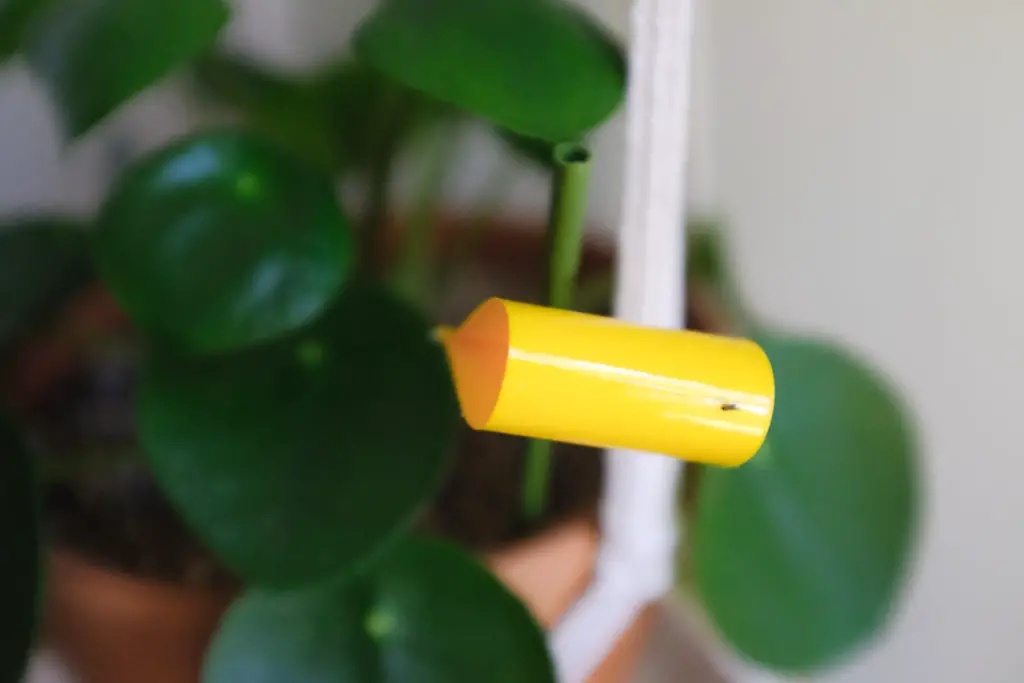
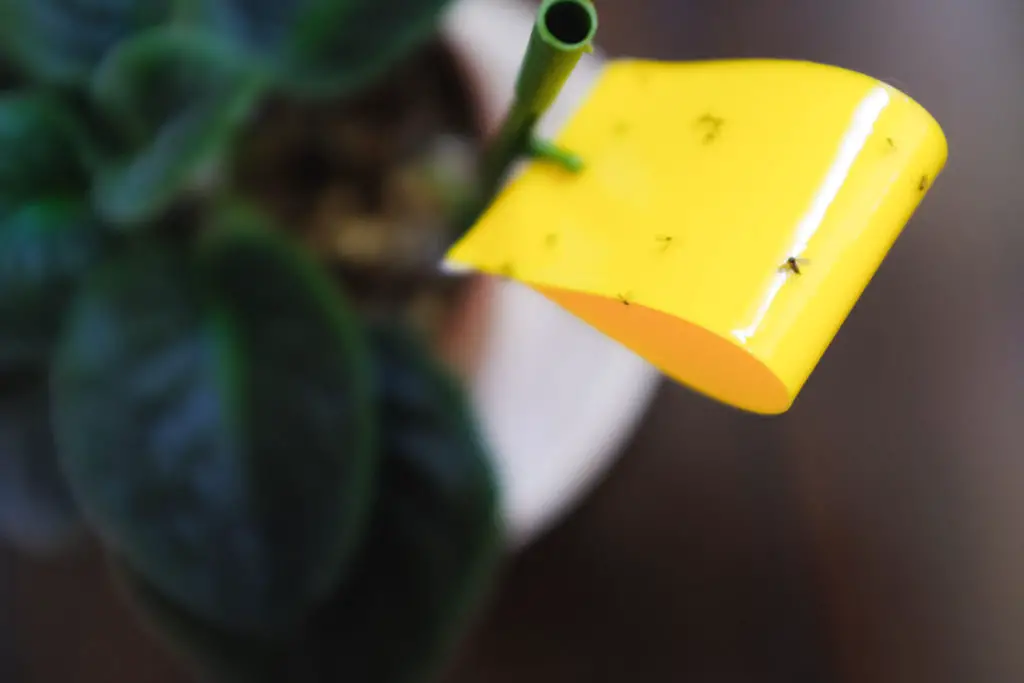
- YELLOW STICKY TRAPS PURCHASE LINK
- FAVORITE PILEA AND HOUSEPLANT SOIL PURCHASE LINK.
- MORE STEP BY STEP TIPS BELOW:
WHAT ARE FUNGUS GNATS?
- The Fungus Gnat (Mycetophilidae and Sciaridaeis) a tiny dark colored fly that infests soil within moist houseplant media, and organic decomposition. I personally feel they resemble a morph between a fruit fly and a mosquito. The Fungus Gnat is very tiny at only about 1/16 to 1/8 inch long with long legs and clear wings.
- Fungus Gnats Preferred Home is moist potting soil, they can be found flying within green houses, as typically there is plenty of food source and nesting for them.
- The female Fungus Gnat is a short lived pest, only living about 7-10 days. Within their short-lived life, the female will lay about 300 eggs. Yes, those eggs will typically be laid within your damp houseplant potting SOIL! GROSS!!
- After the eggs are laid, Fungus Gnat Larvae will appear within 4-5 days. The larvae may feed on plant roots during the next 2-3 weeks. Thereafter and adult Fungus Gnat will emerge.
- Fungus Gnats will not bite or harm people, however they can be quite the nuisance and may harm your delicate houseplant roots.
WHERE DO FUNGAS GNATS COME FROM?
- Fungus Gnats can come indoors from open windows, doors, drains, and yes they can even fit through screens!
- Another way to introduce Fungus Gnats to your beloved Pilea Plants and/or Houseplants is purchasing a new plant who’s soil is infested! Yuck!
- Therefore I always recommend growing your own Pilea Babies if possible. If you want to know how I go about propagating my own Pilea Plants please enjoy my Pilea Propagation Blog!
- Fungus Gnats can be brought indoors when you bring your beloved houseplants back indoors for the cold months. This being said I never EVER put my houseplants or my beloved Pilea Plants outdoors.
- Last but not least one of the most common ways to introduce the horrid Fungus Gnats to your home is through commercially bagged potting soil mix. That’s right friends, that expensive bag of potting soil purchased at your local big box store and may possibly be branded by a “well known” name….well it very well may be a big bag of Fungus Gnats and their Eggs! This is part of my solution to ending my Fungus Gnats for good! Keep on reading to read how I ridded my beloved Pilea Houseplants from these nasty little flying pests!
HOW TO GET RID OF FUNGUS GNATS!
There are quite a few home remedies out there for getting rid of Fungus Gnats. I’ve tried them all everything from a bowl of apple cider vinegar & dish liquid to messy sand used as a top dressing to my Houseplant Soil. Neither of those two choices worked for me.
MY 7 STEP SOLUTION:
How I Finally Got Rid of Fungus Gnats!
- Step One – Kill the Adults! Catch & kill the flying adults with these Yellow Sticky Traps.
- Step Two – Let Soil Dry, Seriously…let your plants go as long as they can without watering. Overwatering/moist soil is a Haven for Gnats. Dry soil will hinder the reproduction of the Gnats.
- Step Three – Hydrogen Peroxide to Kill any adults or Eggs in the Soil. That’s right, as crazy as it may sound Hydrogen Peroxide. Mix 1 part Hydrogen Peroxide with 4 parts Water. Drench soil from the top until you hear sizzling and see bubbling.
- Step Four – Let Soil Dry again
- Step Five – Take Outdoors To Remove Tainted Soil (this is the ONLY time I take my plants outdoors to repot) I remove my plants from their soil, place tainted soil in a trash bag. Place plants under running water making certain all tainted soil has been removed from their roots. Bag up tainted soil & tie tightly to dispose of in an outdoor trash bin.
- Step Six – Repot Your Pilea Houseplants or Whatever Type of Houseplant you may be repotting in a “peat-LESS” based Soil. I found this soil to be pure Magic! Seriously, I feel it’s how I got rid of my Fungus Gnats. After researching I found this to be clean and pest free, bagged beautifully by a small company who cares about their soil The Cactus and Succulent Blend is a potting mixture of coir, perlite, pumice, sand, and stalite. Best of all it does NOT contain Peat, which makes it RESISTANT to the Dreaded Fungus Gnats!! THIS SOIL is now the ONLY Soil I will continue to use for my Pilea Peperomoides! They do also offer other fungus gnat resistant mixes to suit your Houseplant needs, if you find the Cactus and Succulent Blend is not suited for your choice of Houseplant.
- Step Seven – Bring your beloved freshly planted houseplants back indoors where they are now safe and sound & water. Thereafter if you have a Pilea Plant, you will want to wait about 2 weeks before watering once again. Your Pilea Plants will tell you when they would like to be watered, as their leaves will become softer…than water.
- I can honestly say since using my seven steps, I have not had another Fungus Gnat.
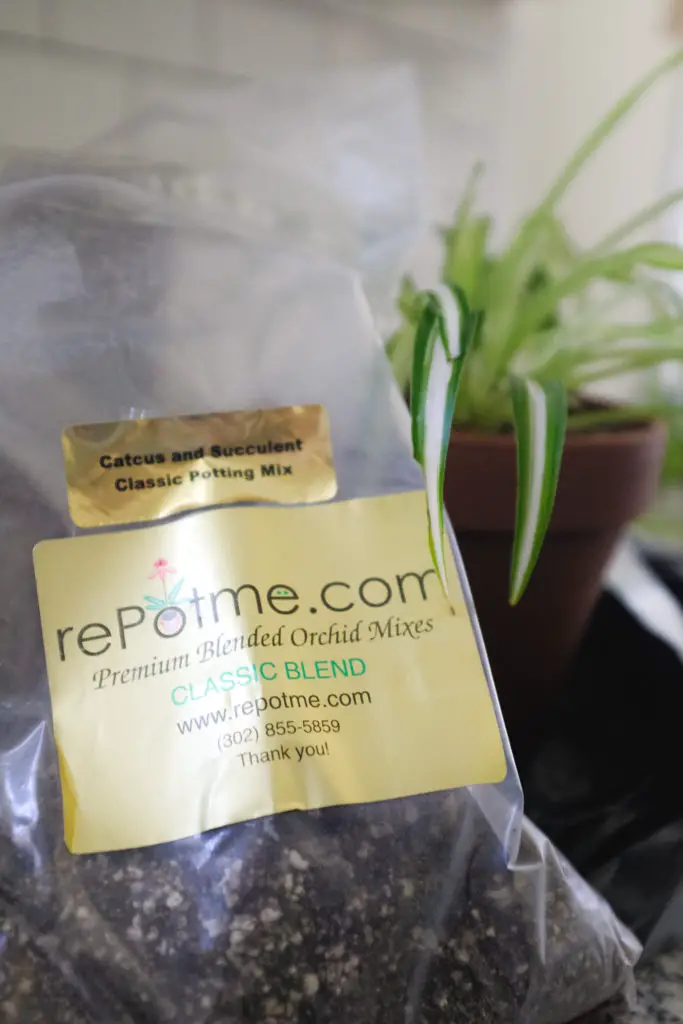
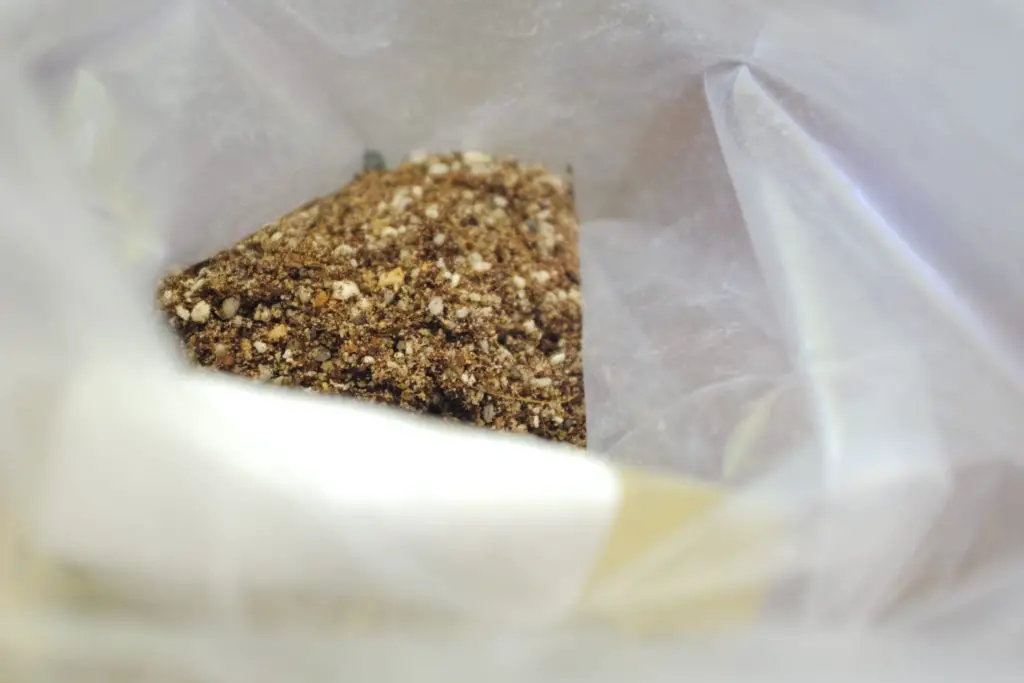
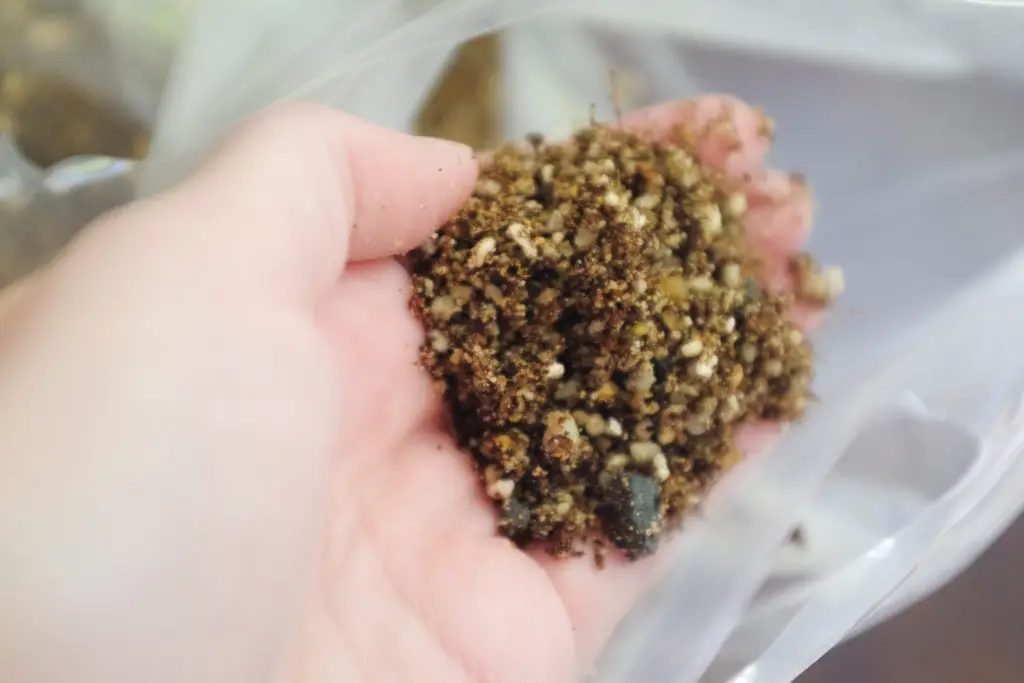
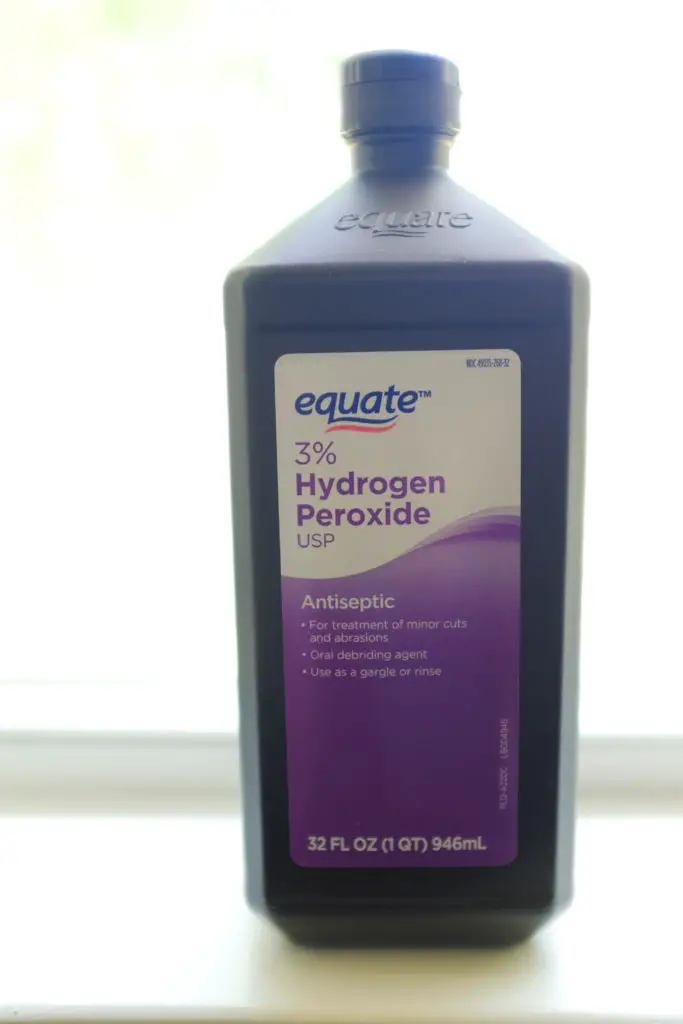
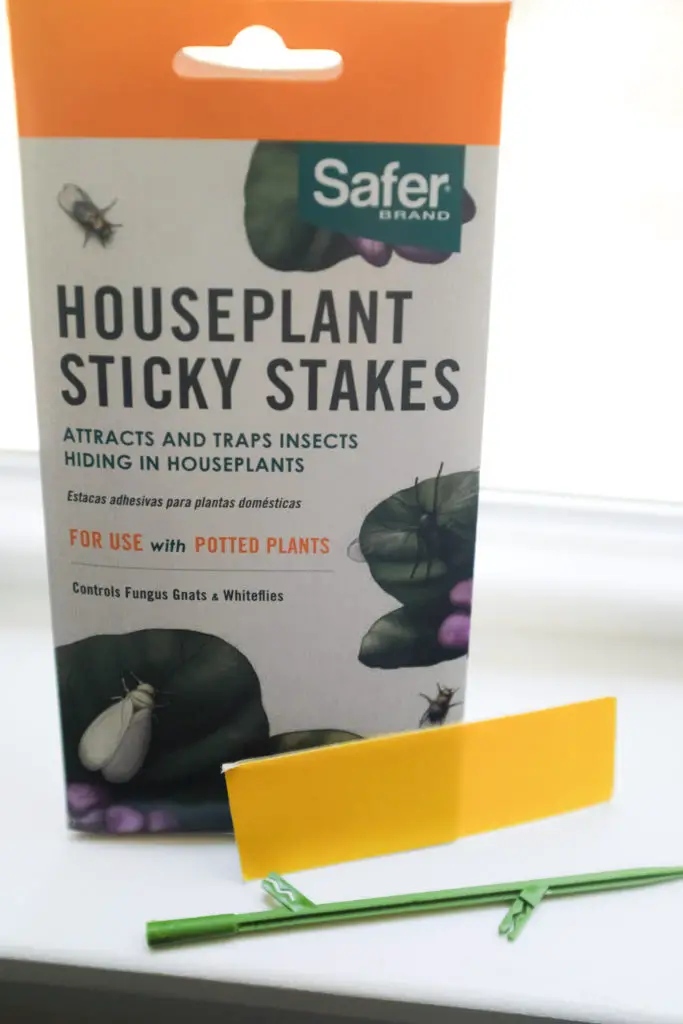
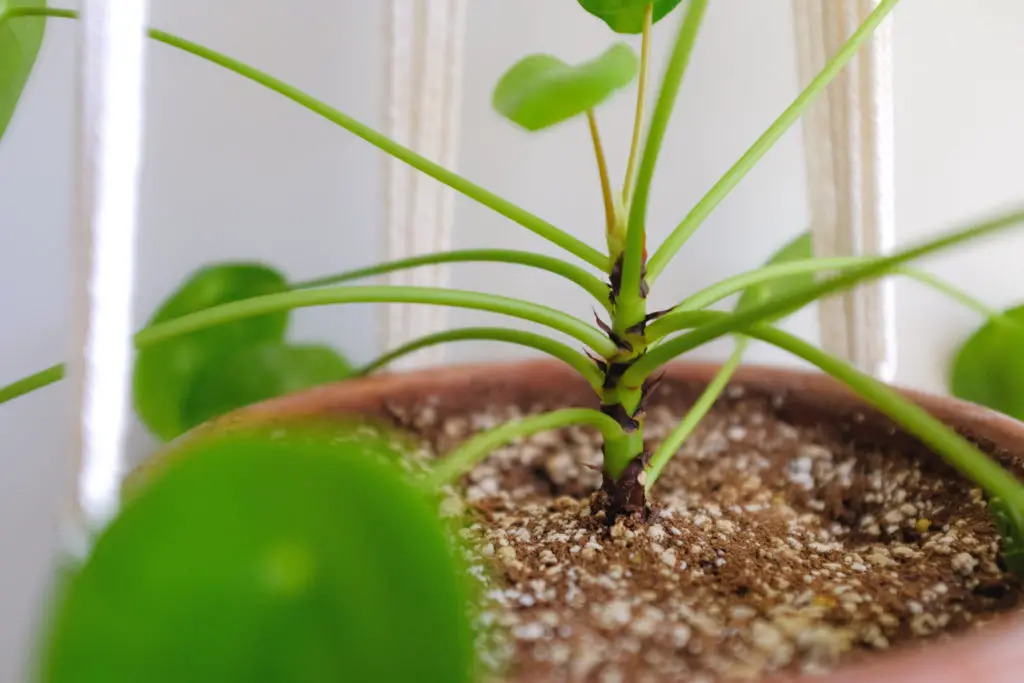
MY FINAL THOUGHTS:
I hope my 7 Step Solution to Ending Your Nightmare of Fungus Gnats helps to Guide you with this Simple Process of Ridding your home and houseplants of these horrible little flying evils of the world! I’d love to hear your solutions in comments below.
Comment with any questions you may have, I’m happy to help if I can!
Here is an easy shopping list of my FAVE Products! Hope this helps!
Thank you for enjoying my Blog!
I sure do appreciate it and would love to hear from you in the comments!
Peace, Love, and Simple Living Friends!
~Erin


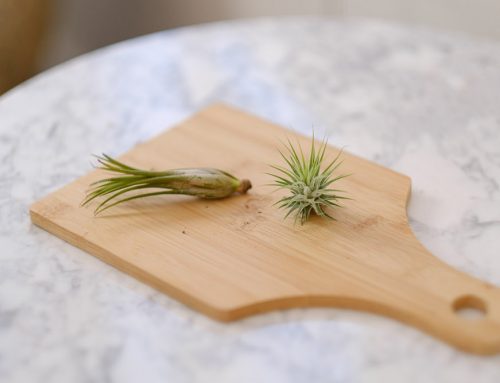
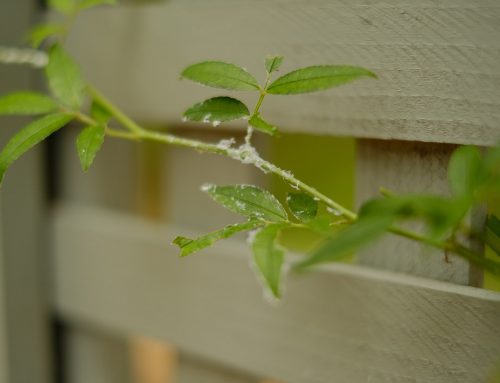
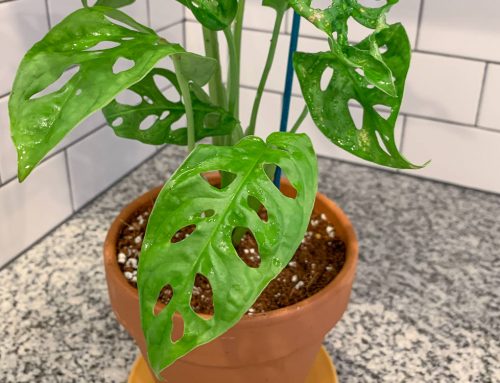
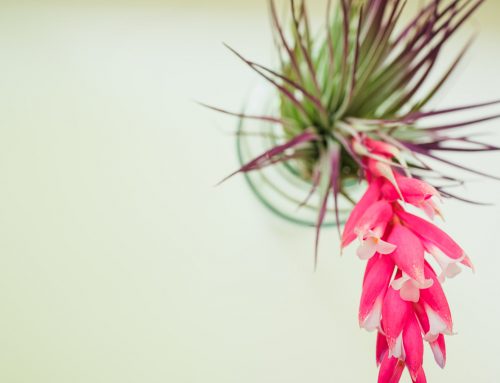
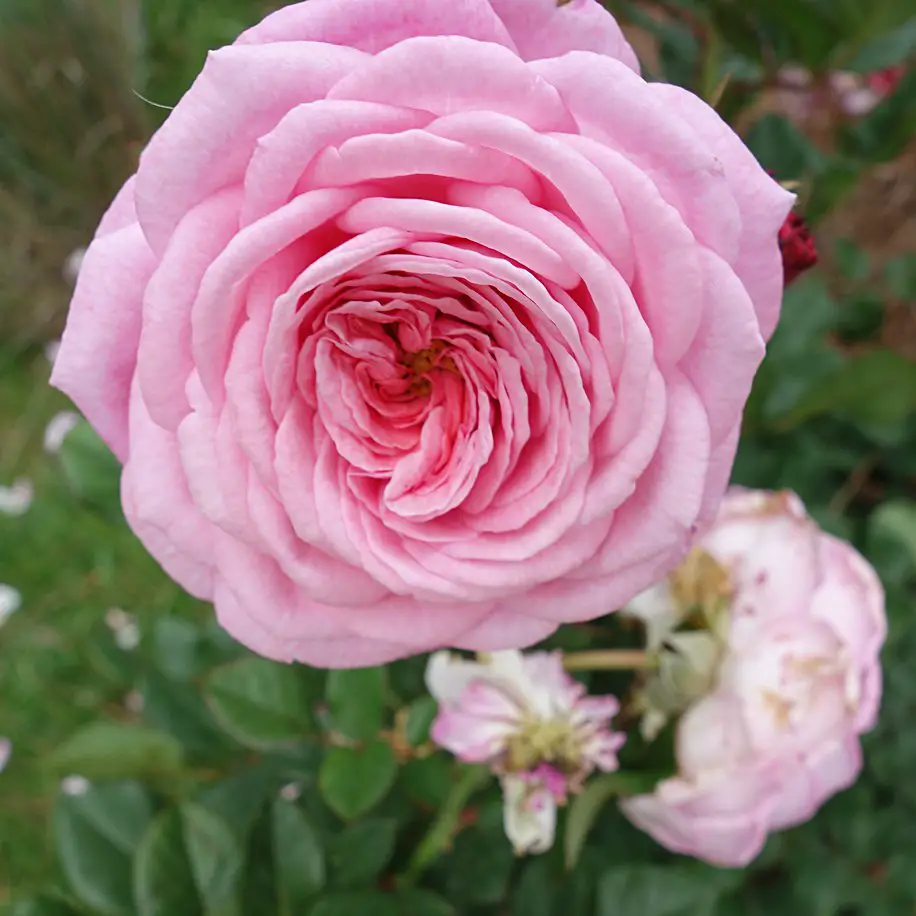
Thank you for the detailed steps! I just noticed some gnats on my pilea plants so I’m hoping to take care of them before the problem escalates. Is the hydrogen peroxide step necessary to kill the eggs in case any stick to the roots? Or is it ok to just repot in new, better soil? Thanks!
Hi Kelly,
You are most welcome! It was quite the battle for me, so I’m happy to help.
The peroxide does indeed kill the eggs, however if you wish to avoid that step when repotting my new Pileas I have purchased I never use the peroxide in fear it will stress my plant, I just shake off all the dirt and rinse the roots under water to wash away most of the dirt. I have tried many many many types of soil and the only soil I have found that helps to keep the gnats and pests away is the soil I have linked in the blog. In fact it’s now the oil soil I will purchase. It’s a little on the pricey side, but well worth it. I’ve actually purchased other brand soils that have the gnats int he soil. GROSS! If your plant is having a big problem, I would indeed recommend the peroxide and then proceed with the other steps. When combining them all, the soil I mentioned, and the yellow sticky traps…you should start to see the situation improve within a week. I always have sticky traps on hand just in case the stray gnat comes in from the outside, it sticks them and then I never see one again. Hope this helps and I’d love to hear how it turns out!
Thanks for your reply, Erin! My sticky traps arrived today! I think I might go ahead and try the hydrogen peroxide and then order that soil you mentioned. We have an entire room of house plants and I’m so worried they are all going to end up full of gnats!
YAY, I’m so happy you got your Sticky Traps…that’s the first step to getting rid of the nasty critters.
Since you have a full room of house plants, I would for sure treat them with the hydrogen peroxide treatment, I actually treated all of my plants when I treated my Pileas and it took care of them. I’m not certain if it’s ok for orchids or delicate type plants so be careful with fragile plants.
My violets, pothos, etc. did just fine. I also switched over my violets to the same soil and they have loved it. The same company I purchase the soil from makes different varieties for different house plants, however I’ve found the variety I have linked works best for most of my plants. I would recommend buying the largest bag that fits your budget, I’ve purchased a small bag and then realized I needed the larger bag which I ended up spending more than if I had gone ahead and purchased the largest bag. LOL Keep me posted!
My soil arrived! I tried to re-pot two of my baby Pileas last night and had a hard time removing the tainted soil. I was really surprised by how rocky the new soil seemed—but I’ll trust you that the Pileas like it! The Sticky Traps are definitely working…they look so gross! Haha. Though I’m still noticing some adult gnats flying around. Should I proceed with repotting everyone and then leave the traps out until I don’t see any more gnats?
Hi Kelly,
I’m so happy you took the chance and purchased the soil. I’ve had all my Pilea planted in the soil for over a year now and they have doubled in size and still producing babies….so hopefully yours will react the same way. Don’t be surprised if they lose a couple of leaves, it took mine a couple watering cycles to get adjusted to the soil. I personally repotted all of my plants when I had the HUGE Gnat outbreak, I wanted them all in fresh soil, however I don’t have a full room of houseplants…I have about 20 plants some Pileas and some other types. I still to this day keep my sticky traps in a “few” of my plants even though I no longer have issues…once in a while I will get the random one gnat come from outside when I open the door or windows…so right away the trap catches it. Do You have a Blog Or Instagram? I’d love to follow you!
I have also struggled with fungus gnats in my house and I’ve found the same solutions to work for me. I used to use a 1:4 ratio but now I have switched to using a 1:8 ratio of hydrogen peroxide to water. I have a diploma in horticulture you see and when I asked my entomology teacher about using hydrogen peroxide, he said it would work but that it was important to get the right parts per million (ppm) in the solution. When we did the calculations a store brand 3% solution needed to be diluted to 1:8 for it to be the correct ppm. I’ve found some of my more delicate plants have stopped browning on the tips when I made the switch. Hope this helps.
I use a 1:8 ratio of hydrogen peroxide instead of a 1:4. I used 1:4 in the past but my entomology teacher told me the mixture should be based on the parts per million in the solution. I calculated the ppm using a 3% store brand hydrogen peroxide and it turns out I was using double what I needed. Since making the switch some of my plants that had browning tips have stopped getting crispy. Hope this helps.
Interesting! Thank you so much for the detailed information Lisa!
Thankfully I haven’t had to use hydrogen peroxide for quite some time since my fungus gnats are now gone…hopefully they never return! LOL
I appreciate you reading my blog and taking the time to provide the detailed information.
Thanks a bunch, Erin :-)
Hi!
Is it required to let your pilea dry out before soaking with the hydrogen peroxide solution? I just noticed a couple of adult gnats flying around my plant last night, and I am hoping to take care of them immediately! I ordered some sticky traps that should arrive by tomorrow, but thinking it would be great to soak both of my guys today if possible before they’re completely dried out.
Hi Ali,
I’m sorry to hear you have the dreaded fungus gnats! In reference to your question, if I were you I would go ahead and drench the soil with the hydrogen peroxide solution even if the soil isn’t dried out. You’ll hear it bubbling and also it should form a bit of a puffy mushroom type of look when it expands the soil. Make sure to put the sticky traps in each plant if you have multiple plants.
Thanks for the comprehensive information. I would have seriously thought hydrogen peroxide would have killed the plant. But I tried it and it worked.
I’m so happy to hear the hydrogen peroxide worked for you Nina!
It can indeed be quite worrisome, but thankfully it’s the first step in getting rid of those pesky gnats!